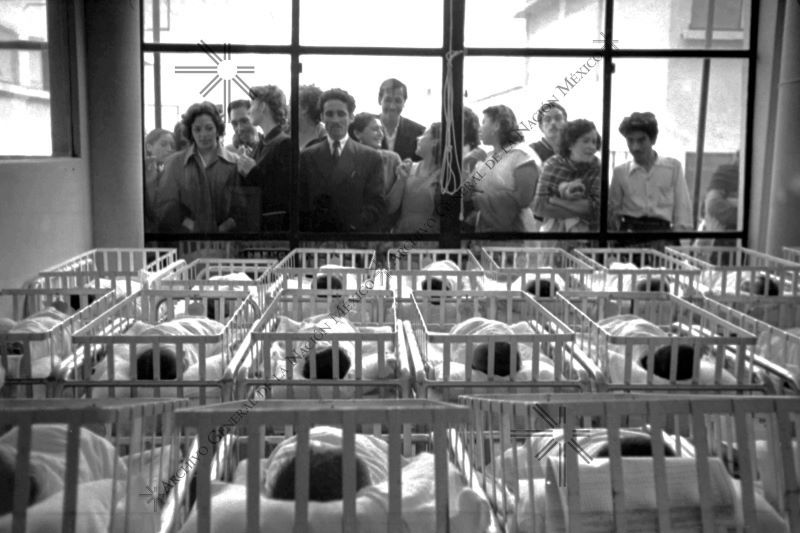Mexican Midwives: The Legacy of Ancestral Wisdom
This article explores how midwifery has been practiced and perfected over time by women, and how midwives have contributed to the healthcare system in Mexico. Learn about their ancestral wisdom and the challenges they faced in a patriarchal society.





